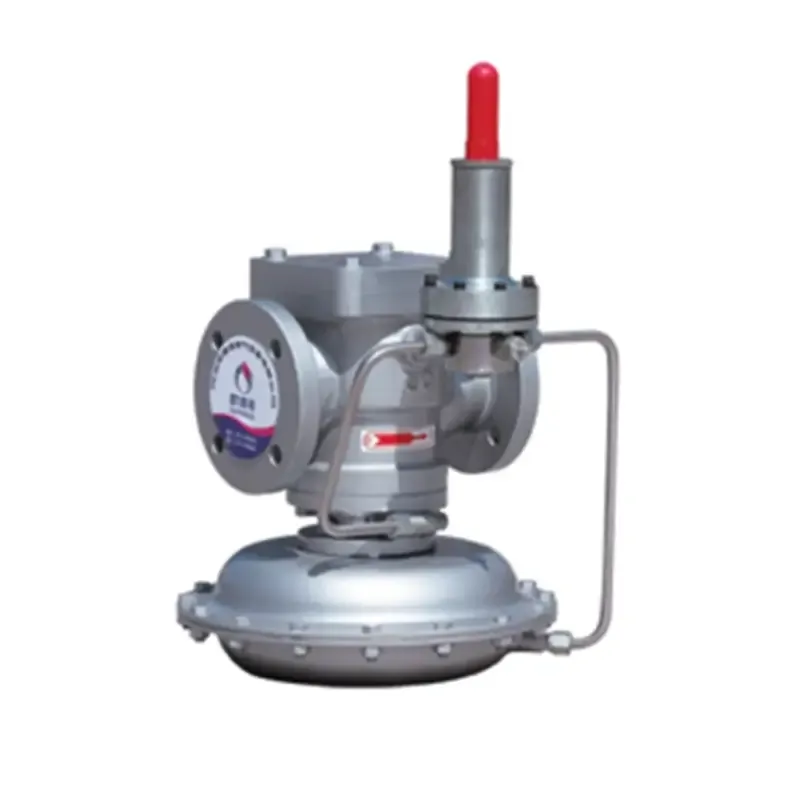
Dec . 05, 2024 07:30
Back to list
Efficient Particle Removal Using Cyclone Separators for Enhanced Air Quality Improvement
Cyclone Separator An Overview of Its Functionality and Applications
A cyclone separator is a type of centrifugal separator commonly used in various industries for the effective separation of particles from a gas or liquid stream. Its design leverages the principles of centrifugal force, gravitational force, and inertia, making it a crucial tool in processes where efficient separation is required. This article explores the functionality, design, and applications of cyclone separators, highlighting their significance in industrial operations.
Principle of Operation
The operation of a cyclone separator is relatively straightforward yet highly effective. When a mixture of gas (or liquid) and particulate matter enters the cyclone, it is directed into a cylindrical chamber at an angle. This tangential entry generates a swirling motion, causing the denser particles to move outward due to centrifugal forces. As particles are flung against the wall of the cyclone, they lose kinetic energy and fall toward the bottom of the vessel due to gravity, where they can be collected for disposal or further processing.
The cleaner gas or liquid, now largely free from particulate matter, rises to the top and exits through an outlet. The efficiency of separation in a cyclone separator can depend on various factors, including the particle diameter, density, flow rate, and operational pressure. Cyclone separators typically achieve separation efficiencies ranging from 50% to 99%, making them suitable for a broad range of applications.
Design Features
The design of a cyclone separator often incorporates several key features, including an inlet manifold, cylindrical body, conical bottom, and an outlet for clean gas or liquid. The dimensions and geometry of these components can be tailored to meet specific separation requirements. For example, higher separation efficiency may require a longer cyclone body or a narrower diameter at the outlet. Manufacturers often offer a range of cyclone designs, including single-cyclone and multi-cyclone configurations, allowing industries to select the most suitable option for their applications.
cyclone separator

Materials used in constructing cyclone separators can vary based on the nature of the process fluids and the operating environment. Common materials include carbon steel, stainless steel, and polymers, which offer resistance to corrosion, abrasion, and other environmental factors.
Applications of Cyclone Separators
Cyclone separators find extensive applications across different industries, demonstrating their versatility and efficiency. In the mining and mineral processing industries, cyclones are used to separate valuable minerals from waste material. When employed in air pollution control systems, cyclone separators help remove dust and particulates from emissions, contributing to compliance with environmental regulations.
In the food and beverage industry, cyclone separators are employed to remove solid particles from liquids, ensuring product purity. Similarly, in the chemical sector, they serve to differentiate catalyst particles and facilitate the recovery of valuable components from reaction mixtures.
Furthermore, the oil and gas industry relies on cyclone separators for separating oil from water and solid particles, enhancing the efficiency of production processes. In the pharmaceutical industry, the separation of various compounds is essential, and cyclones are often integrated into processes to maintain product quality.
Conclusion
In conclusion, cyclone separators are invaluable tools in various industrial applications where the effective separation of solid particles from fluids is necessary. Their simple yet efficient design, along with the ability to customize for specific operational needs, makes them a preferred choice in many sectors. With growing environmental concerns and the need for efficient resource recovery, the role of cyclone separators is likely to become even more prominent as industries continue to seek sustainable and cost-effective solutions for separation processes. Whether in mining, food processing, or environmental management, the cyclone separator stands out as a robust solution for particulate separation challenges.
Latest news
-
Safety Valve Spring-Loaded Design Overpressure ProtectionNewsJul.25,2025
-
Precision Voltage Regulator AC5 Accuracy Grade PerformanceNewsJul.25,2025
-
Natural Gas Pressure Regulating Skid Industrial Pipeline ApplicationsNewsJul.25,2025
-
Natural Gas Filter Stainless Steel Mesh Element DesignNewsJul.25,2025
-
Gas Pressure Regulator Valve Direct-Acting Spring-Loaded DesignNewsJul.25,2025
-
Decompression Equipment Multi-Stage Heat Exchange System DesignNewsJul.25,2025

